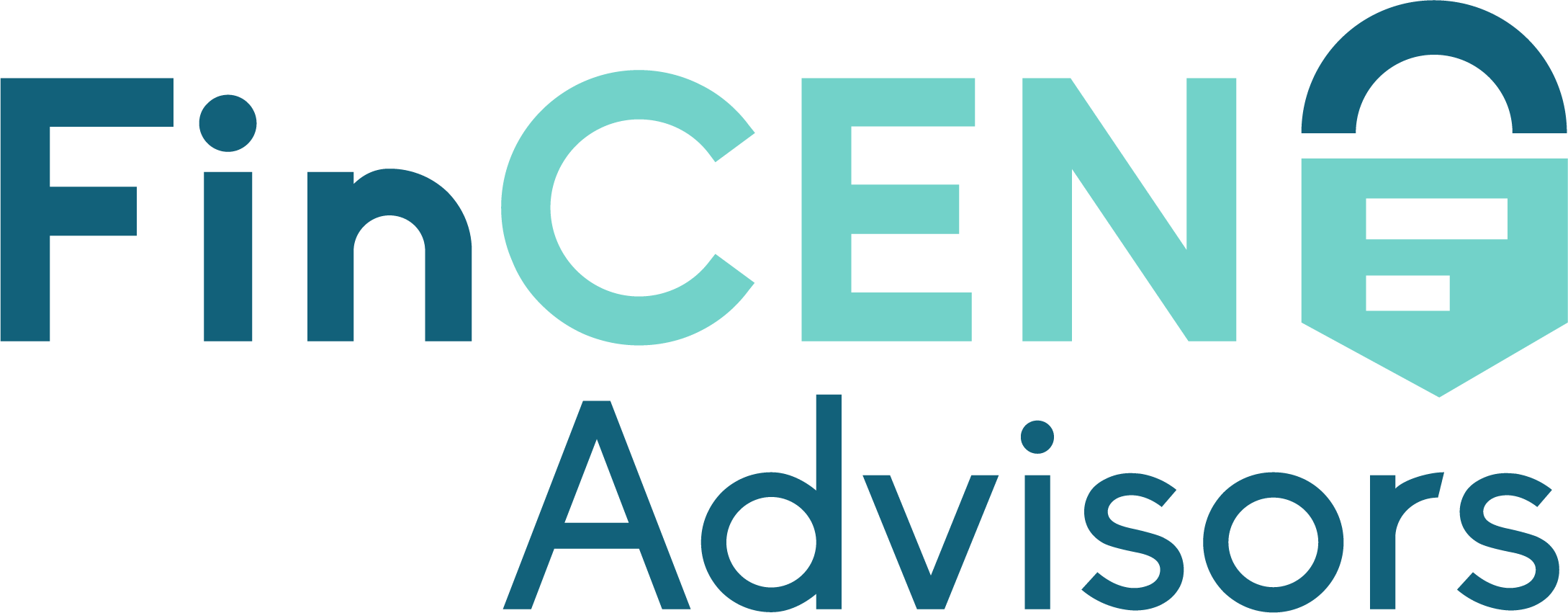Every business is unique, so each compliance strategy will be slightly different. Learn how to craft a plan for ongoing compliance based on your business’s needs and goals.
Key takeaways:
- Conduct an assessment to learn your business’s compliance needs and challenges.
- Develop a compliance framework with new policies and procedures, involved personnel, new technologies, and better recordkeeping practices.
- Align the strategy with current business goals and operations and ensure the plan can adapt to future regulatory landscape changes.
Regulatory compliance is not always straightforward, especially for smaller businesses. There are many laws to follow, and the landscape changes frequently. This makes it hard to set up the right strategy that will endure and is right for the business.
However, making compliance mistakes can have major consequences, including reputational damage, significant financial costs, and severe penalties. The right compliance strategy must address each company’s unique needs, operations, and challenges.
Where do you begin with compliance? This article discusses how to create a tailored plan to remain compliant, avoid legal pitfalls, and operate more efficiently.
Assessing your business’s compliance needs
There is no one-size-fits-all approach to compliance. Each strategy must account for:
- Stay updated on regulations: Regularly monitor and understand changes in laws and regulations at various levels – local, state, national, and international.
- Industry-specific compliance: Identify and comply with regulations specific to your industry, as different industries have unique compliance requirements.
- Business size and structure: The size and complexity of your business may impact your compliance needs. Smaller businesses may have fewer requirements and manage compliance with a smaller team, while larger corporations might need a dedicated compliance department.
- Evaluate current operations: Review your existing operations to identify non-compliance areas or potential risks.
- Identify challenges and roadblocks: Look for internal and external factors that may hinder your ability to comply with regulations.
- Develop a compliance management plan: Create a plan addressing any gaps in compliance, outlining roles and responsibilities, and allocating necessary resources.
- Regular reviews and updates: Establish procedures for ongoing review and updating of your compliance strategy to adapt to regulatory changes and evolving business operations.
- Monitor industry trends: Watch industry trends and regulatory developments that could affect your business.
Each assessment step should be tailored to your business’s specific needs, ensuring that your compliance strategy is effective and adaptable.
Developing a compliance framework
Developing a tailored compliance framework is critical for businesses to ensure regulatory requirements are met. After a compliance assessment comes the initial development of the strategy. These steps will help business leaders craft an effective and tailored compliance plan:
- Create foundational policies, procedures, and controls: Establish the core elements of your compliance framework. This involves developing clear, concise policies that outline the company’s compliance objectives and standards. Procedures should detail the specific steps employees must take to adhere to these policies, while controls are the mechanisms put in place to enforce and monitor compliance. These foundational elements should be tailored to your business’s specific regulatory requirements. They should be flexible enough to adapt to changes in the regulatory environment.
- Address gaps and challenges: Utilize the insights from the compliance assessment to identify gaps or challenges in your current processes. List these issues systematically and develop targeted strategies to address each one. This may involve setting new goals, refining existing processes, or implementing additional controls. Ensure the solutions are practical, achievable, measurable, and aligned with the business objectives.
- Map personnel structure for compliance: Clearly define roles and responsibilities within the company related to compliance. This includes identifying key compliance personnel, such as a compliance officer or team, and outlining their duties. Ensure that every employee understands their role in maintaining compliance and establish clear lines of communication for reporting compliance issues.
- Establish communication and training procedures: Develop a comprehensive communication plan to inform all stakeholders about compliance policies and updates. Implement regular training programs to ensure employees know compliance requirements and understand how to adhere to them. Training should be ongoing to accommodate new hires and to update staff on regulatory changes and new internal policies.
- Integrate technology and automation: Utilize technology to streamline compliance processes. This includes compliance management software that helps monitor regulatory changes, automate compliance tasks, and ensure all activities are logged and traceable. Technology can also assist in risk assessment, reporting, and maintaining an audit trail for compliance activities.
- Enhance recordkeeping practices: Implement robust recordkeeping practices to ensure that compliance-related documents are stored securely, are easily accessible, and are maintained up-to-date. Avoid redundancy in recordkeeping and establish a system for regular review and purging of outdated records. Ensure that recordkeeping practices comply with regulatory requirements for data protection and privacy.
By following these steps, your business can establish a comprehensive compliance framework that addresses current regulatory requirements and is adaptable to future changes. This proactive approach to compliance management helps mitigate risks, avoid penalties, and maintain a strong reputation for regulatory adherence.
Integration of compliance into business operations
It’s then time to determine where the compliance strategy fits into overall operations. List out current business objectives and long-term goals. Align these goals with the new compliance strategy and regulatory requirements. Communicate how the new policies align with the business’s overall purpose and vision to team members.
Thinking through these bigger-picture concerns helps ensure the new plans will be successful. Aligning the plan with current objectives, operations, and company culture will ensure personnel can get on board and adapt as laws and regulations change.
Focusing on training and awareness is also key. Employees should be trained regularly on compliance issues and requirements. Communication should be left open. Promoting skill development in these areas may also require using new software or automation technologies to better facilitate compliance tasks.
Keeping the compliance strategy adaptable
Compliance is something that’s never finished. New laws are drafted and passed all the time. They aim to improve how business is conducted and the greater marketplace functions. Businesses must thus keep their compliance strategy adaptable to accommodate frequent changes and updates.
The new reporting requirements from the Financial Crimes Enforcement Network (FinCEN) provide a recent example of a major change impacting businesses of all sizes. Monumental events like the Panama Papers leak in 2016 revealed just how little corporate transparency there was. This led to a significant increase in illicit activities like money laundering, tax fraud, and terrorism.
The Corporate Transparency Act (CTA) was created to address these issues and increase transparency. The law requires many businesses to report beneficial ownership information to FinCEN starting in 2024. Businesses should consider implementing new policies regarding beneficial ownership information management if the law applies to them.
Businesses must regularly review policies, look for gaps, and stay proactive about compliance to ensure the compliance plan can adapt to such changes. This takes researching what kinds of amendments or changes may be coming in regulatory compliance.
Creating an effective compliance strategy
Compliance can cause a lot of stress for businesses, but it doesn’t have to be cumbersome to tackle new laws like the CTA. Setting up the right strategy requires staying informed about the latest trends and changes, staying organized on the back end, and practicing due diligence. Compliance should be viewed as an integral component of ongoing growth and success.
To simplify the FinCEN compliance process, talk to the team at FinCEN Advisors. Our experts are well-versed in everything related to beneficial ownership reporting and FinCEN regulations, and we can help you create a tailored plan for compliance.
Reach out to FinCEN Advisors to talk to an expert today about beneficial ownership reporting.









